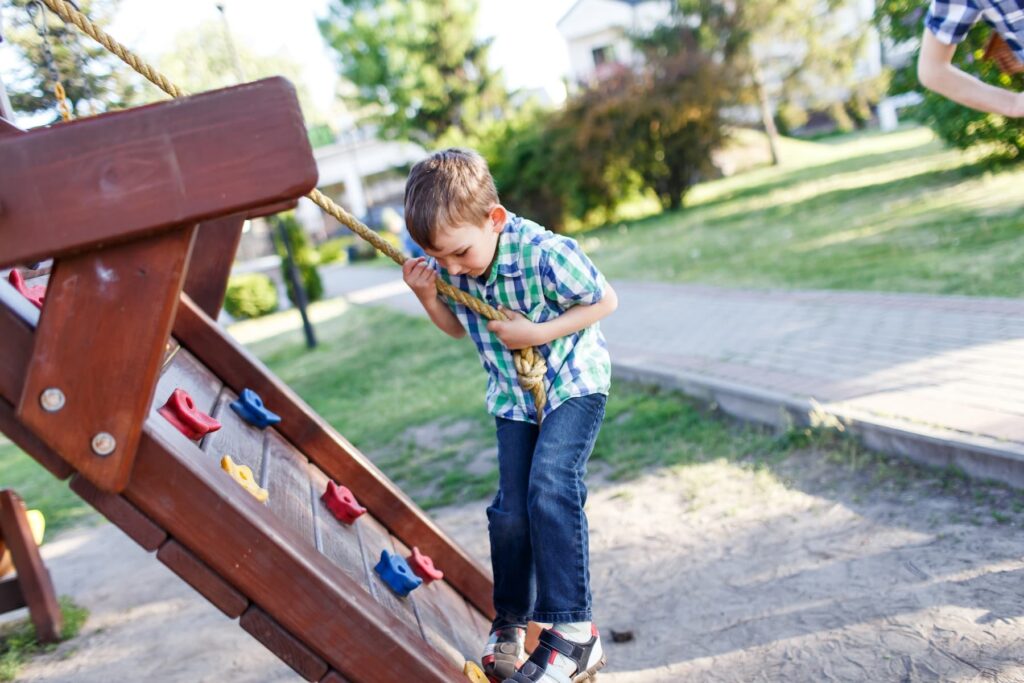Benefits of Physical Activity for Children with Autism
Physical activity plays a crucial role in the development and well-being of all children, including those with autism. Regular exercise can lead to improvements in motor skills, behavior regulation, and overall health, providing a foundation for enhanced daily functioning and quality of life.
Engaging in regular physical activity offers numerous advantages for children on the autism spectrum:
Enhanced Motor Skills
Activities that involve coordination and balance can help improve both fine and gross motor skills, aiding in daily tasks and overall mobility.
Behavioral Improvements
Exercise has been shown to reduce problem behaviors such as repetitive actions, inattention, and aggression. These benefits can last for several hours post-activity, making daily routines more manageable.
Social Interaction
Participating in group physical activities provides opportunities for social engagement, helping children develop communication skills and build relationships with peers.
Sensory Integration
Physical activities can assist in regulating sensory input, which is particularly beneficial for children who experience sensory processing challenges.
Overall Health
Regular exercise contributes to better cardiovascular health, weight management, and improved sleep patterns.
Recommended Physical Activities for Children with Autism
Selecting appropriate exercises that align with a child’s interests and abilities is essential. Here are some activities that have proven beneficial:
Swimming or Water Play: Water activities can be soothing and provide gentle resistance, aiding in muscle development and coordination. Always ensure proper supervision and safety measures.
Martial Arts: Disciplines like karate or judo emphasize structure, discipline, and respect, while enhancing balance, coordination, and concentration.
Dancing: Dancing to favorite songs can be a fun way to encourage movement, improve rhythm, and promote self-expression.
Jumping on a Trampoline: This activity can help improve balance and coordination while providing proprioceptive input. Ensure safety precautions are in place, such as supervision and safety nets.
Yoga: Practicing yoga can enhance flexibility, reduce anxiety, and improve body awareness through structured movements and breathing exercises.
Walking or Running: Simple aerobic exercises like walking or running can be easily integrated into daily routines, promoting cardiovascular health and providing opportunities for outdoor exploration.
Implementing Physical Activity at Home
Incorporating exercise into daily life doesn’t require specialized equipment or programs. Here are some practical tips:
Identify Preferred Activities: Observe which movements or games your child enjoys and build upon those interests.
Set Achievable Goals: Start with short durations and gradually increase the length and complexity of activities as your child becomes more comfortable.
Create a Routine: Consistency helps children with autism feel secure. Schedule regular times for physical activity to establish a predictable routine.
Use Visual Schedules: Visual aids can help communicate the sequence of activities, reducing anxiety and providing clear expectations.
Be Patient and Encouraging: Celebrate successes, no matter how small, to build confidence and motivation.
Insights from Experts
According to Autism Speaks, various physical activities—including exergaming (video games that involve movement), trampoline jumping, and other skill-based exercises—can help improve coordination, balance, strength, and motor planning in children with autism. These types of activities not only promote physical health, but also support cognitive development and focus, making them a valuable addition to any autism therapy plan. The key is choosing activities that align with the child’s interests while offering structure and repetition, which are especially beneficial for learning new skills..
Ready to Learn More?
Integrating physical activity into the lives of children with autism is not only beneficial for their physical health but also supports behavioral, social, and emotional development. By identifying enjoyable activities and creating supportive environments, parents and caregivers can help their children thrive. Remember, the goal is to make movement a fun and regular part of life, tailored to each child’s unique needs and preferences. Contact us today to see if we can help your family navigate an autism diagnosis for your child.




